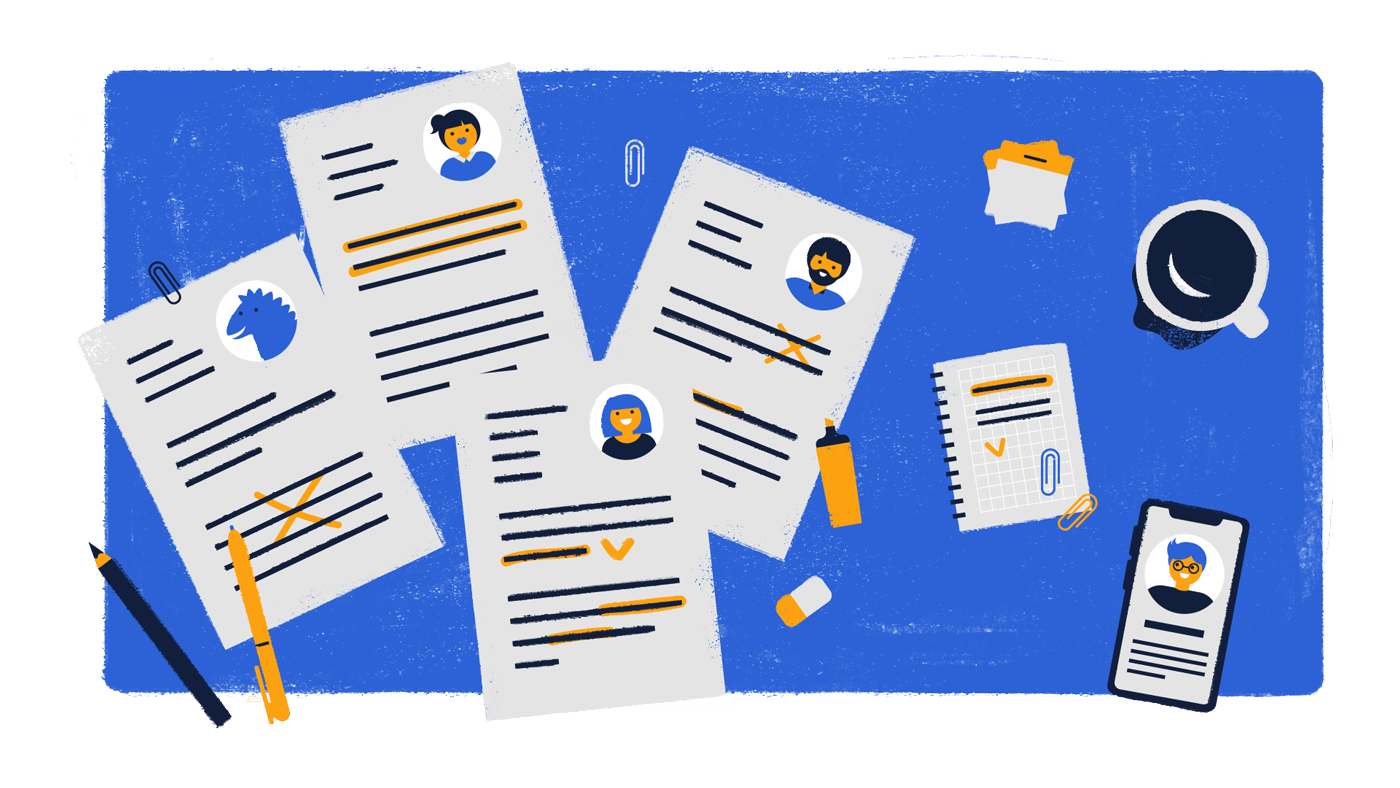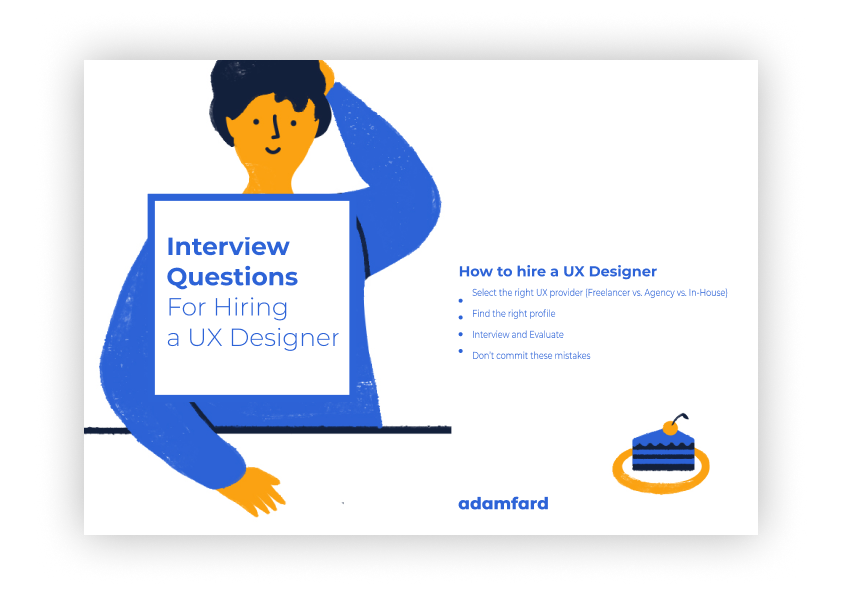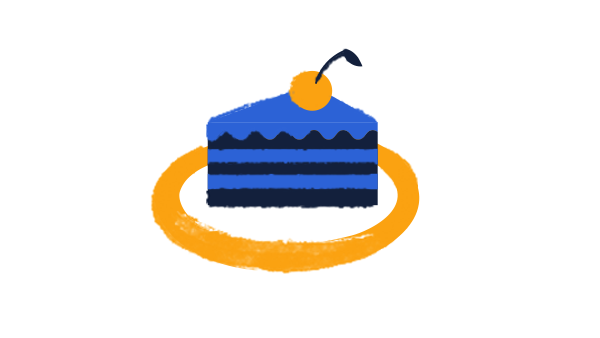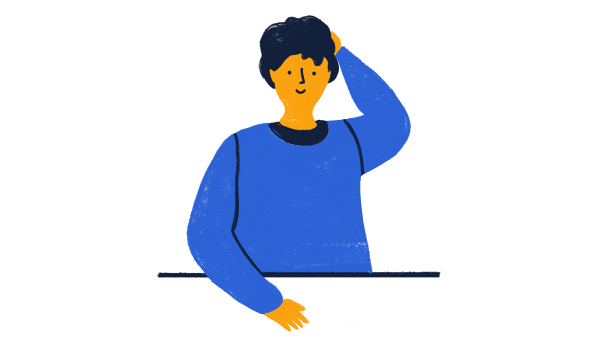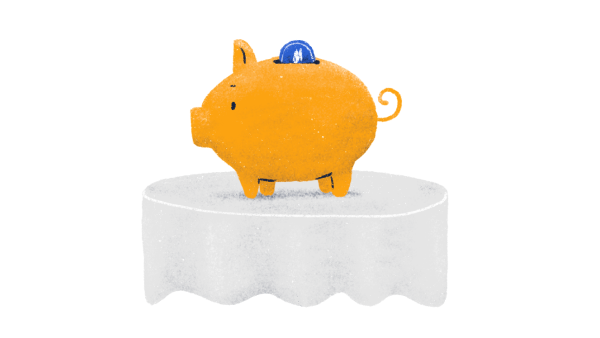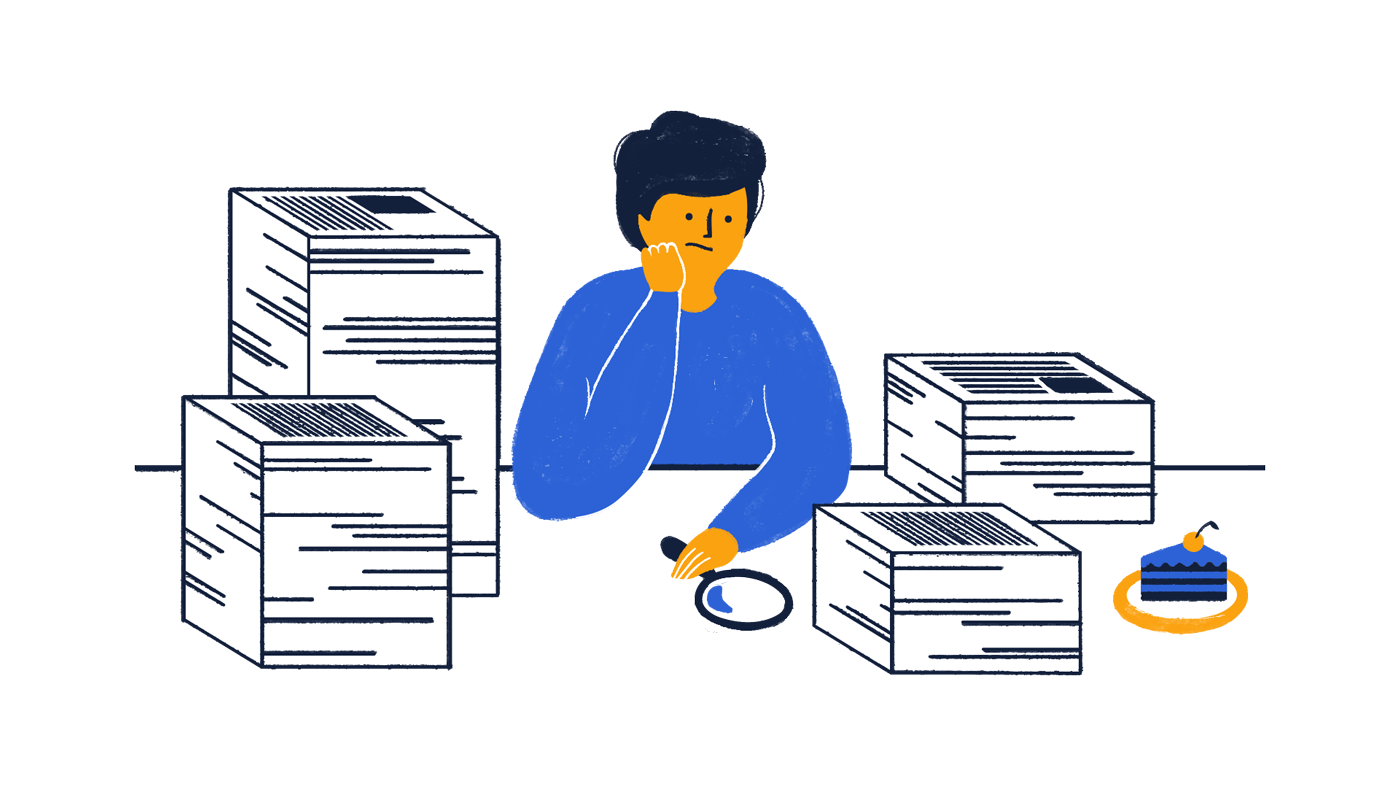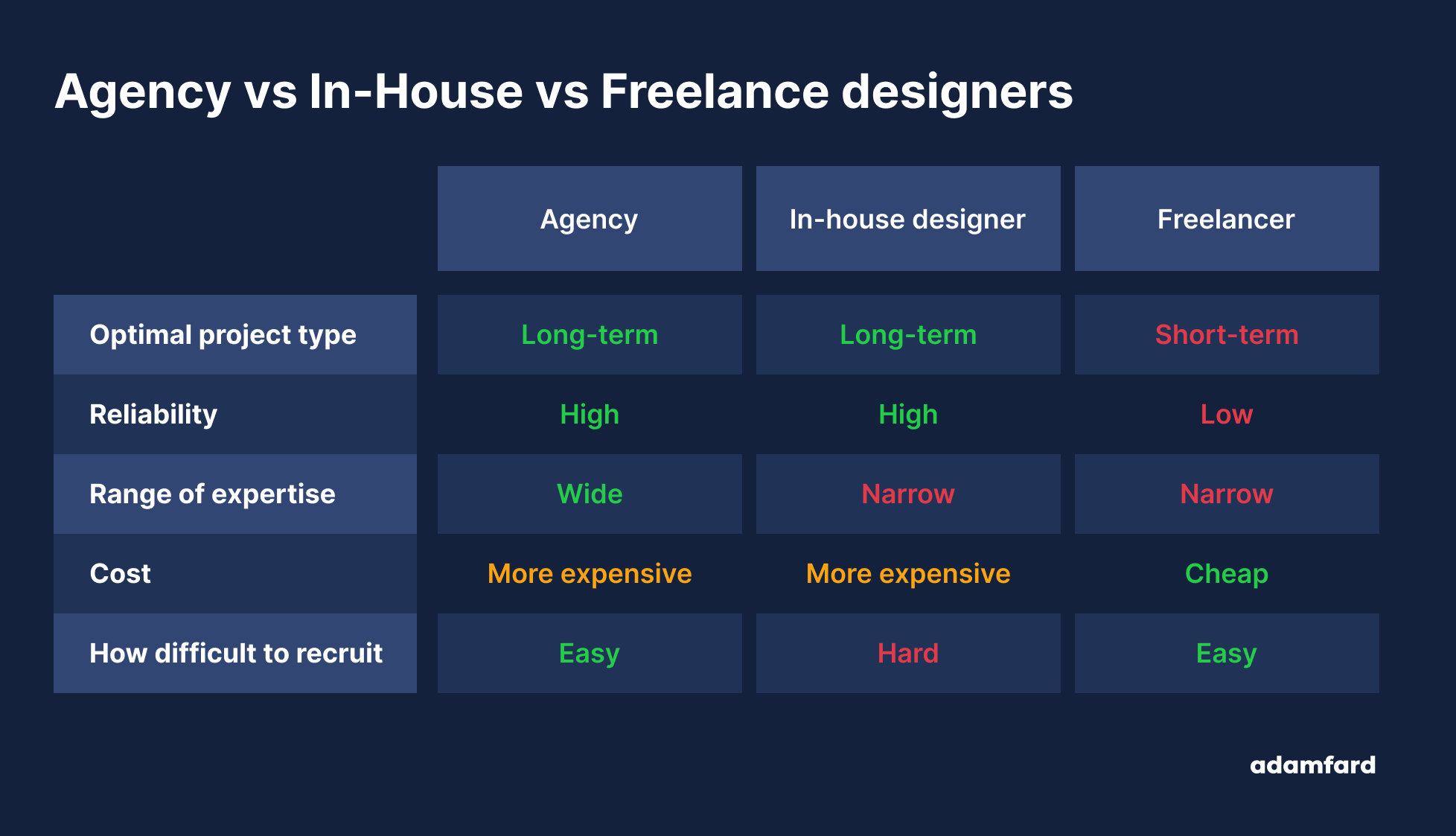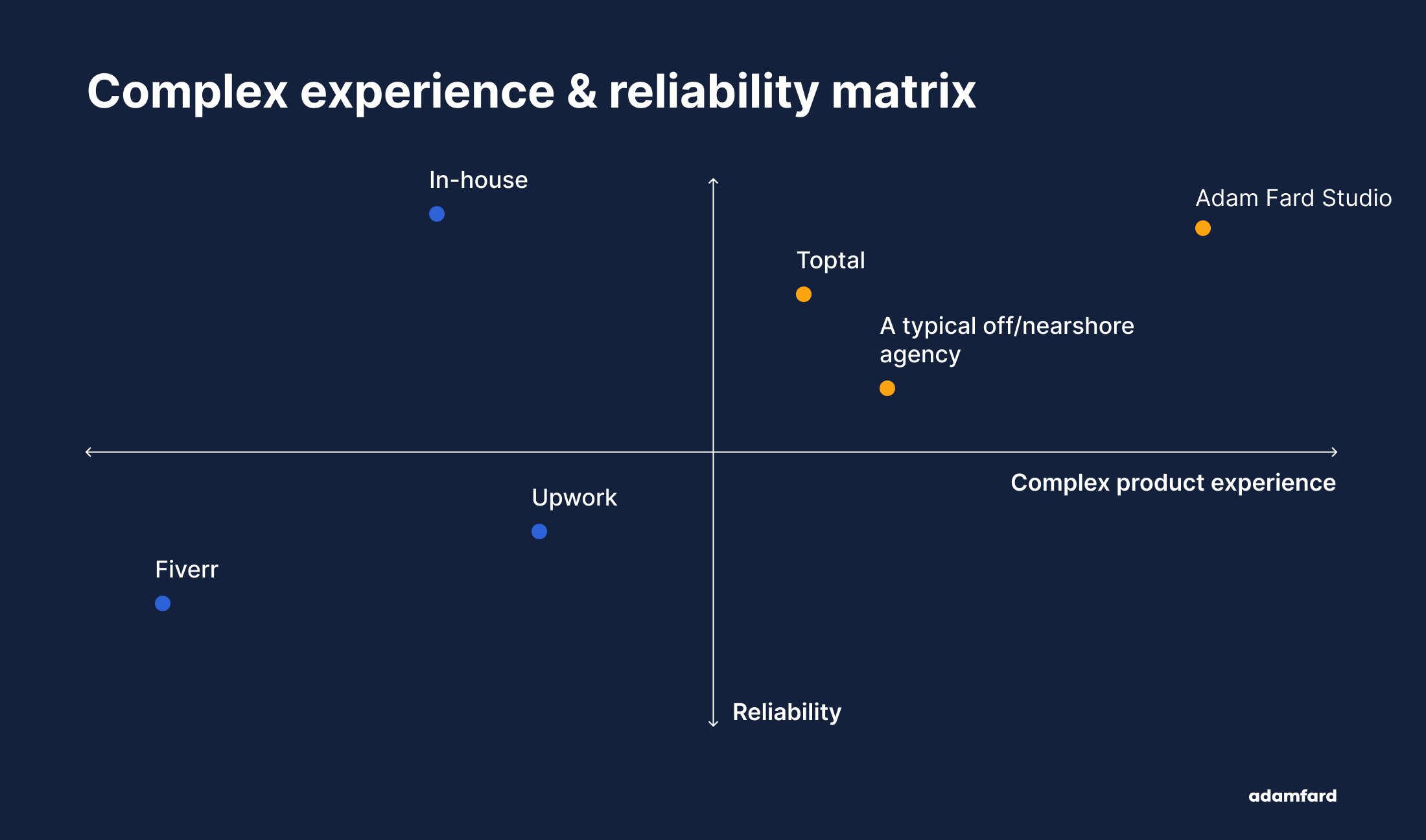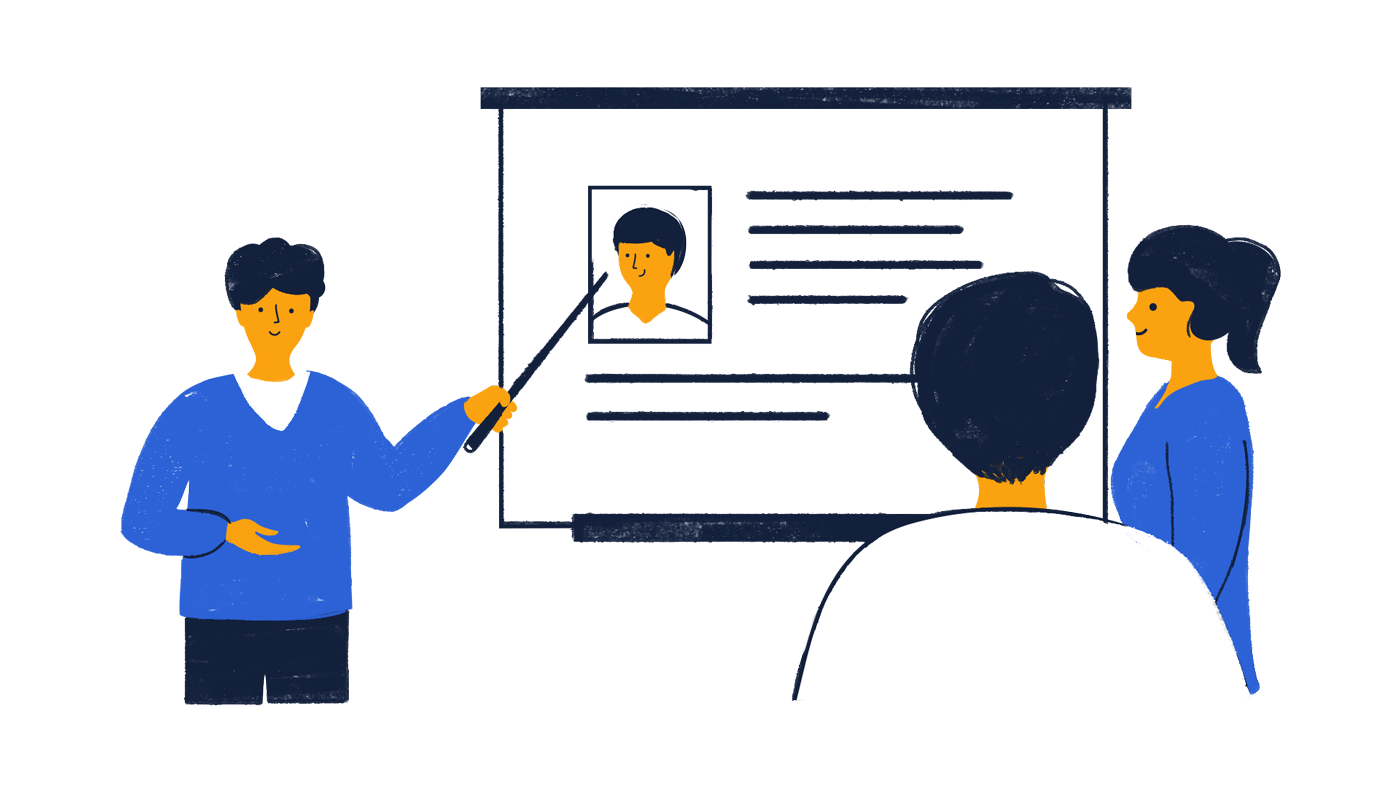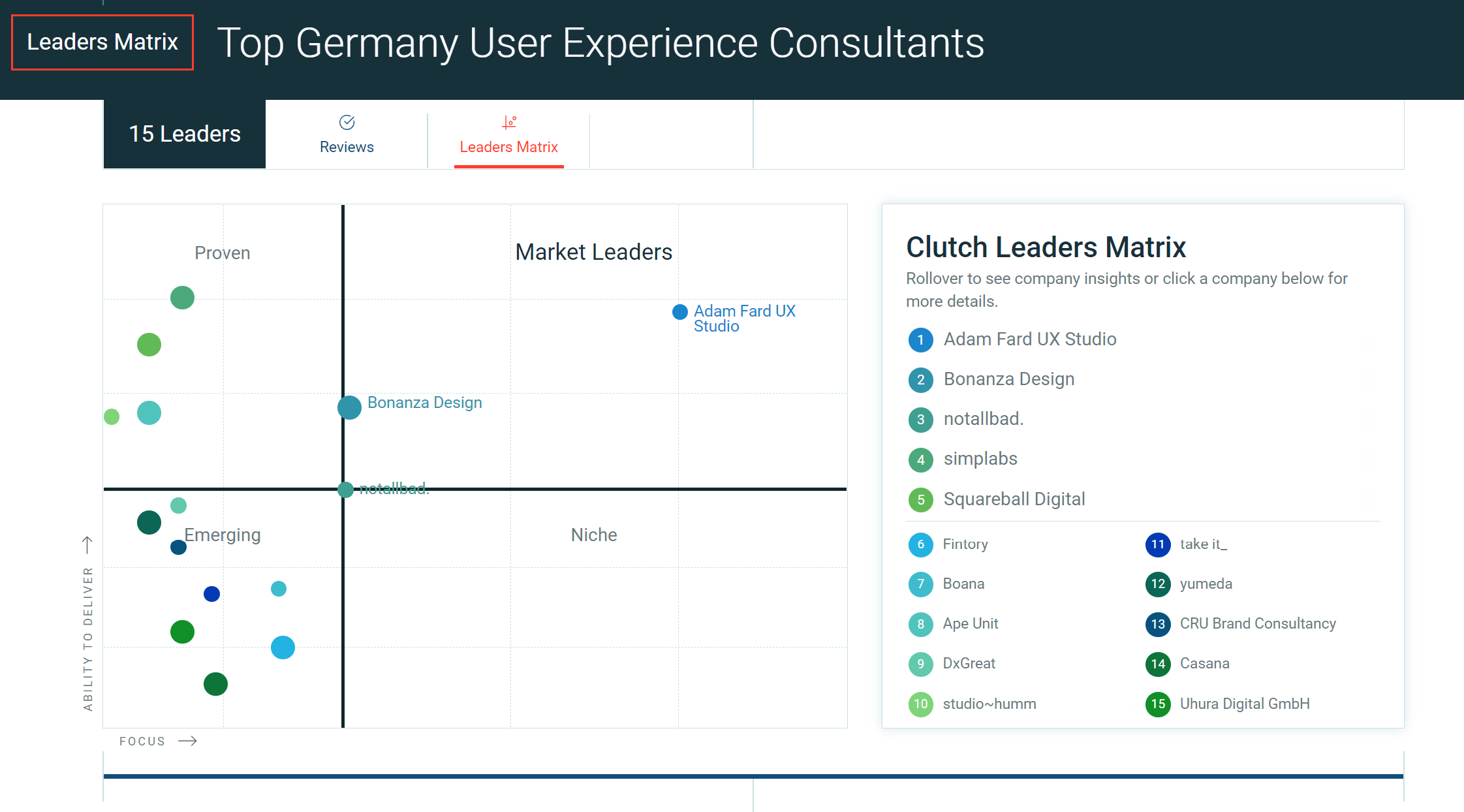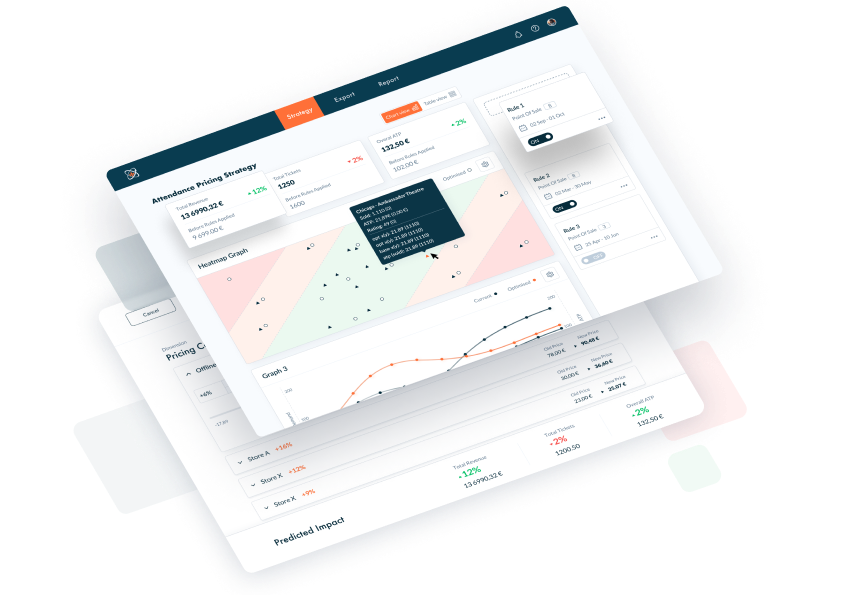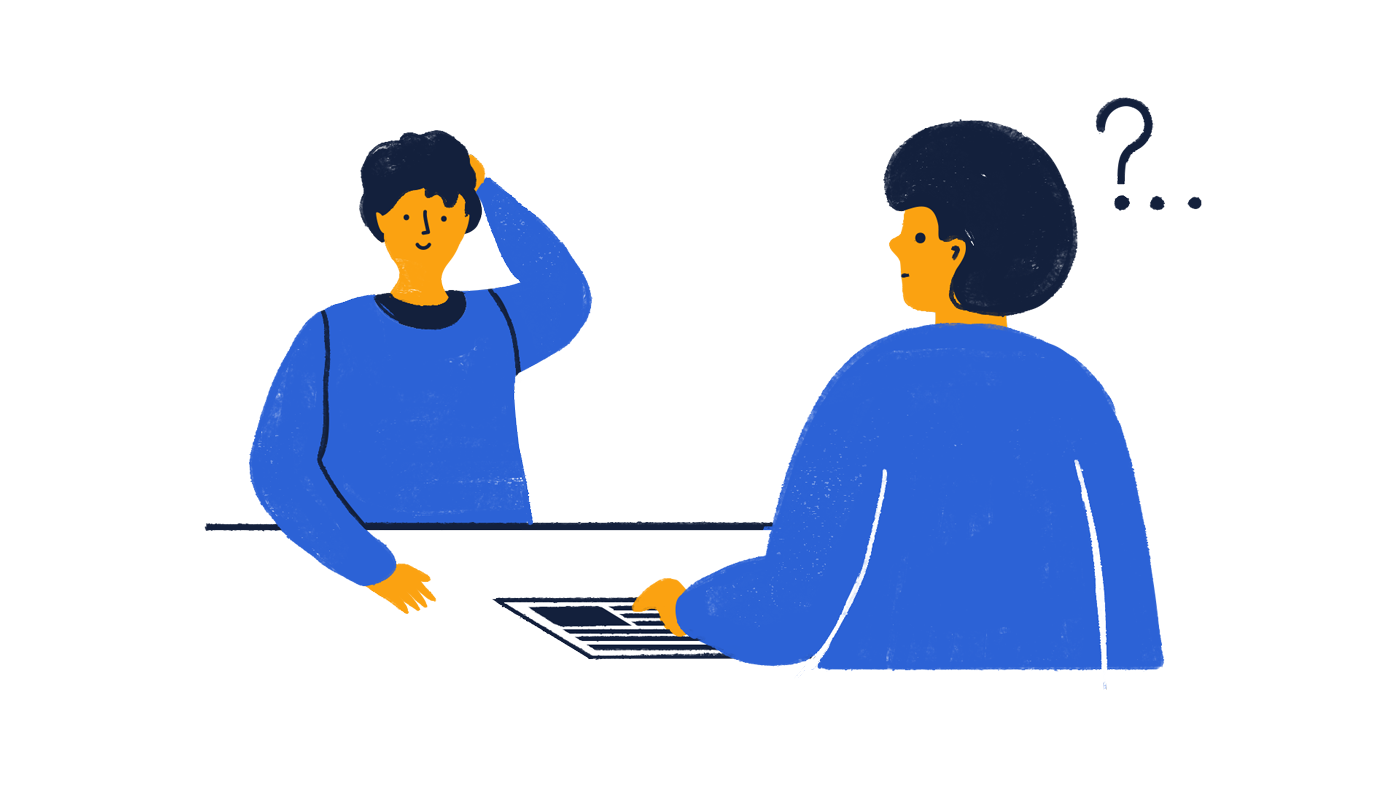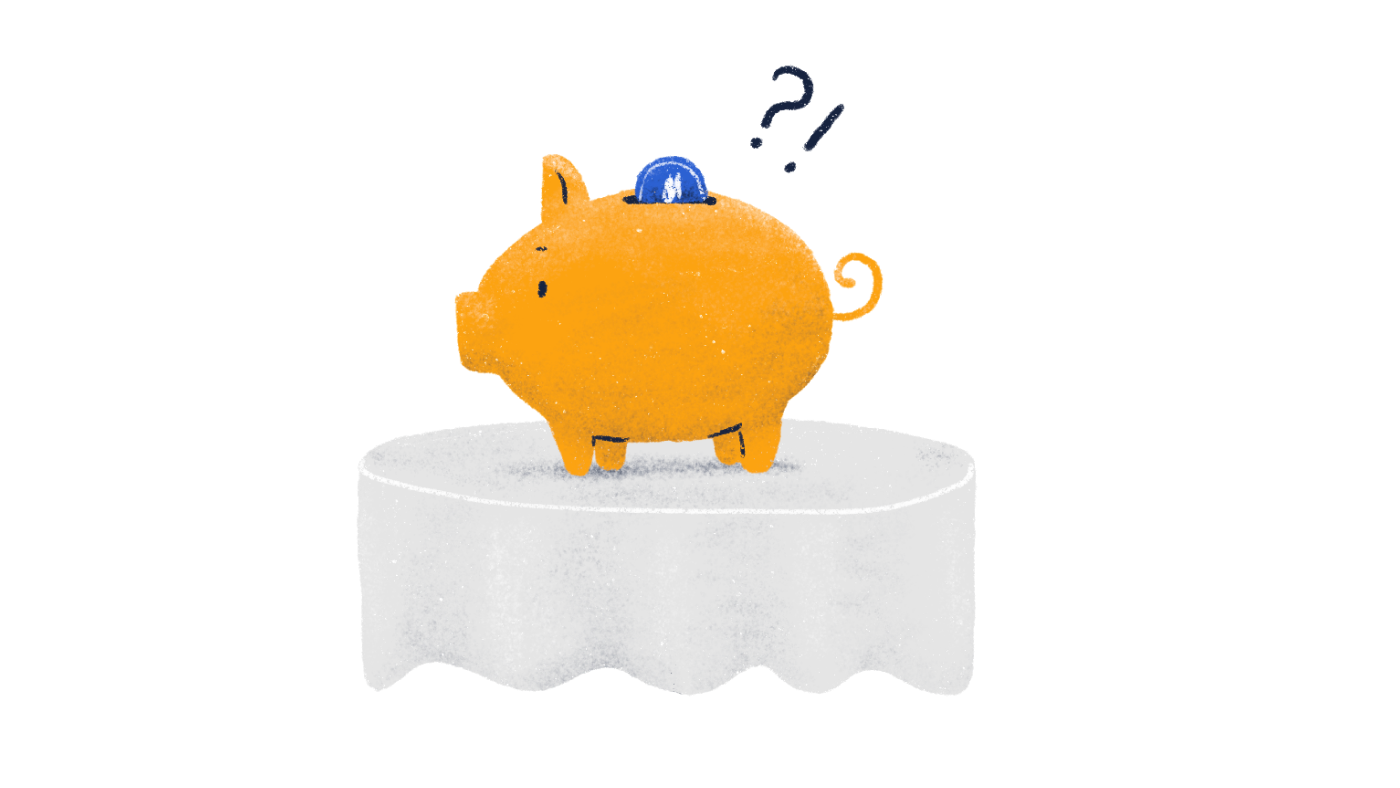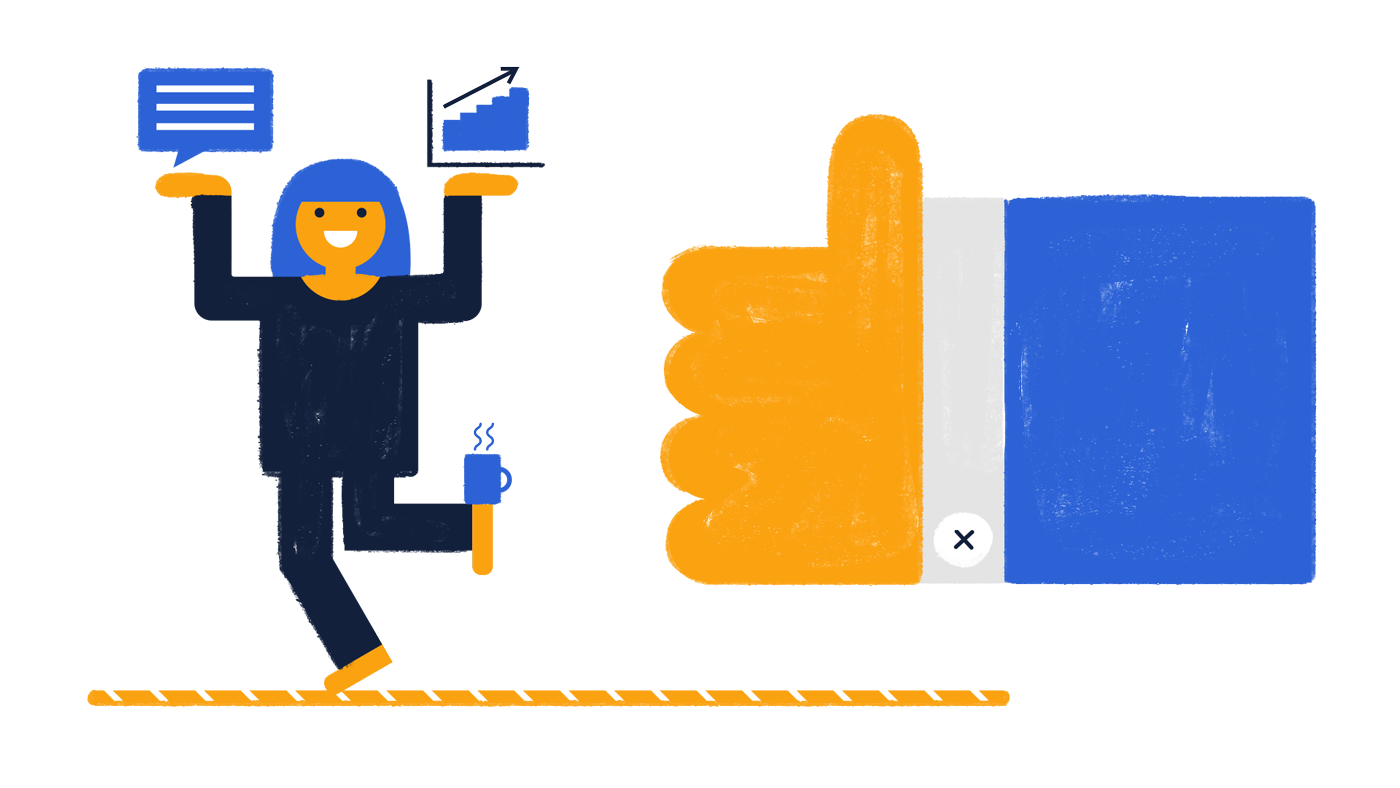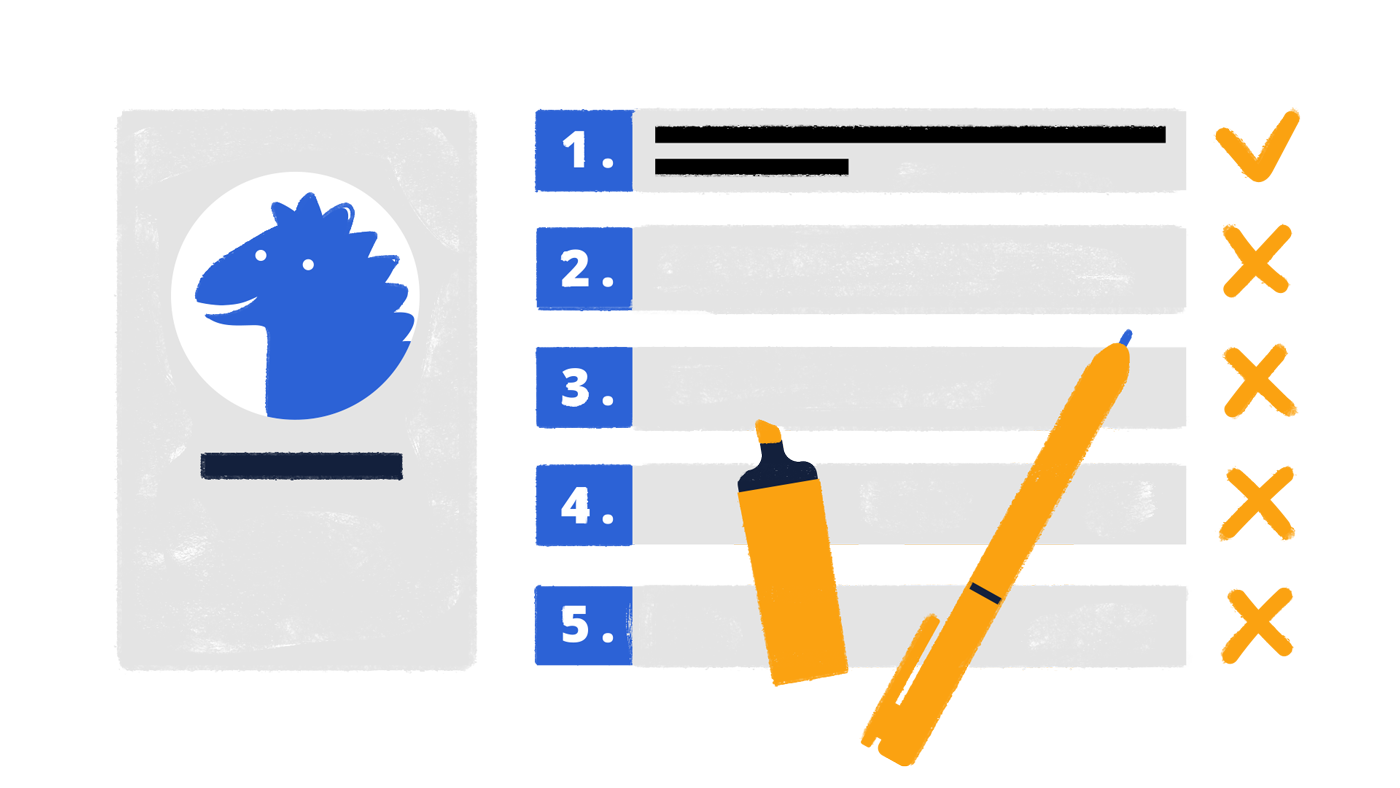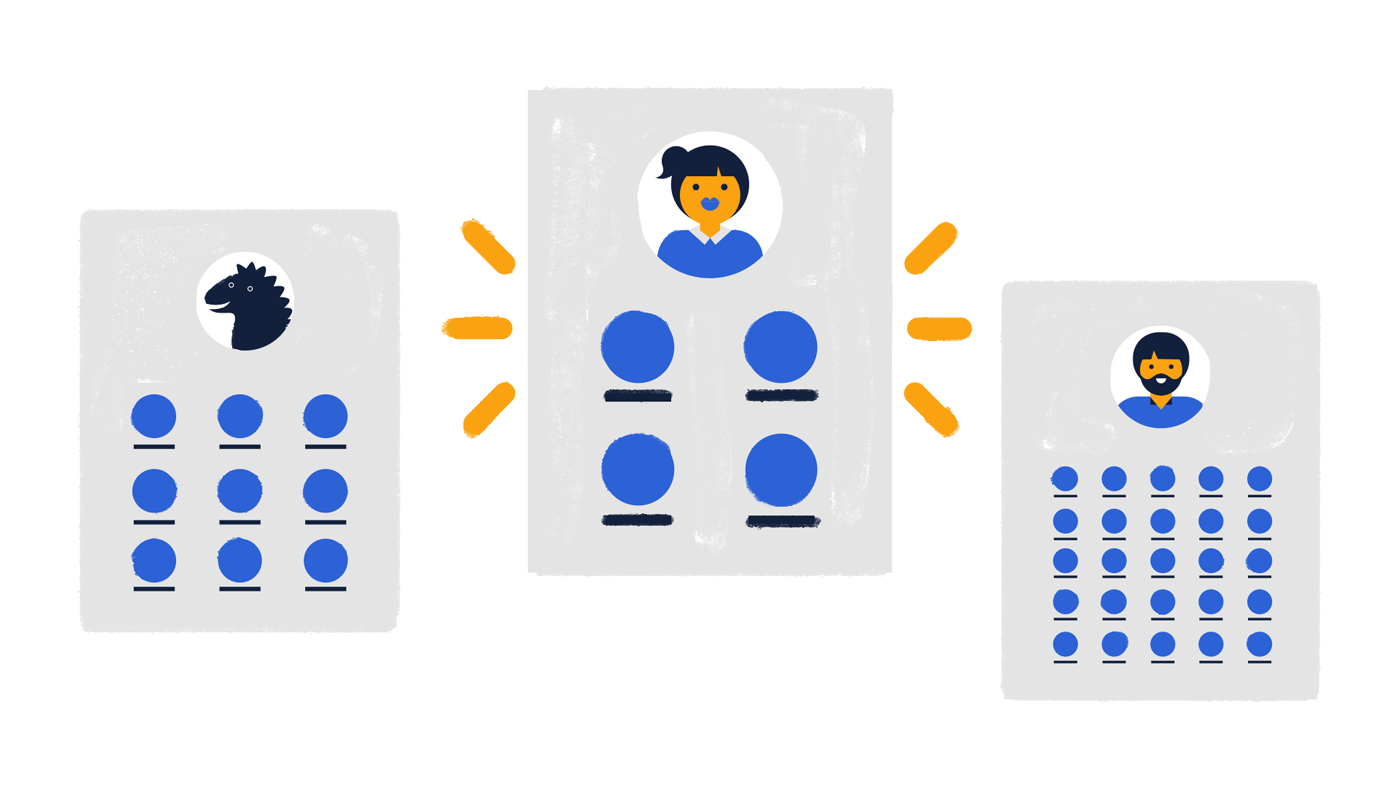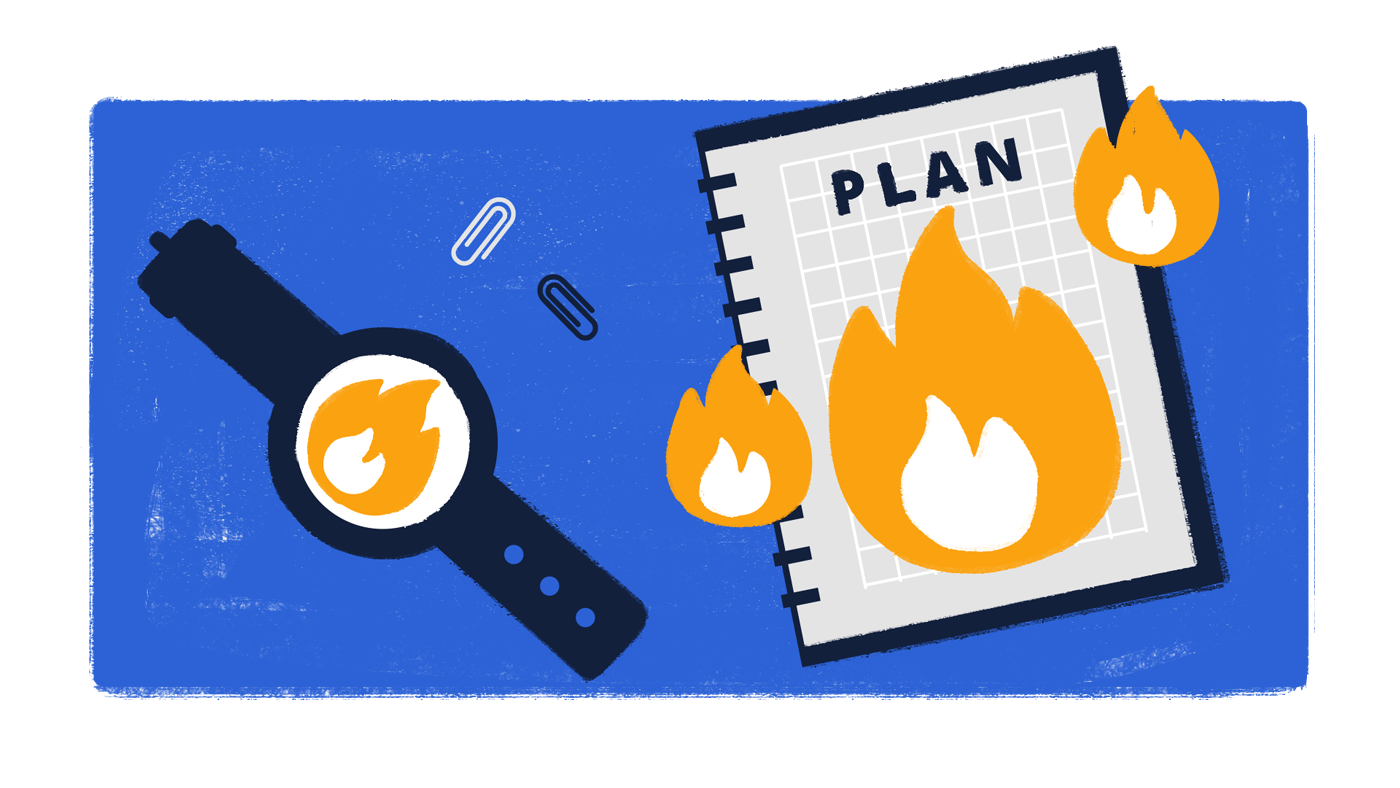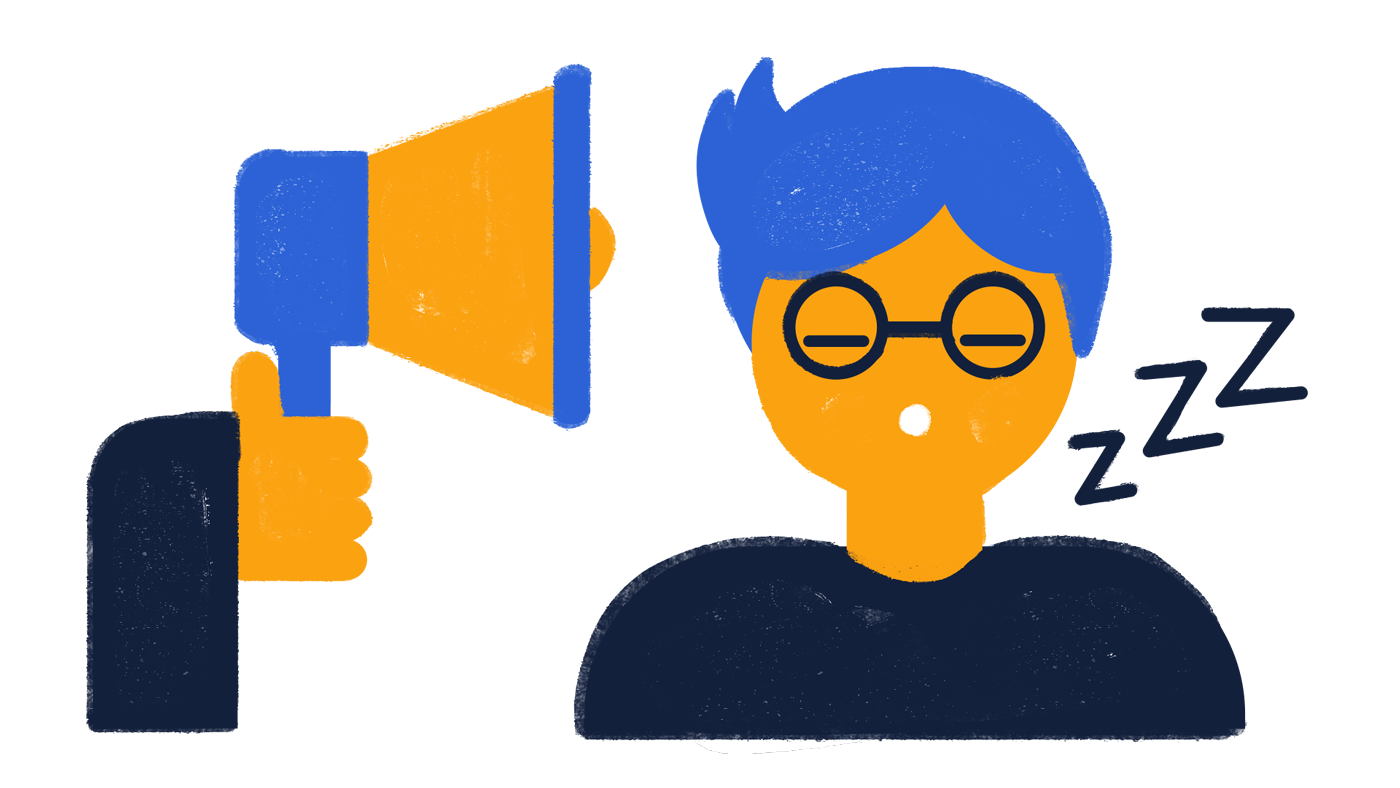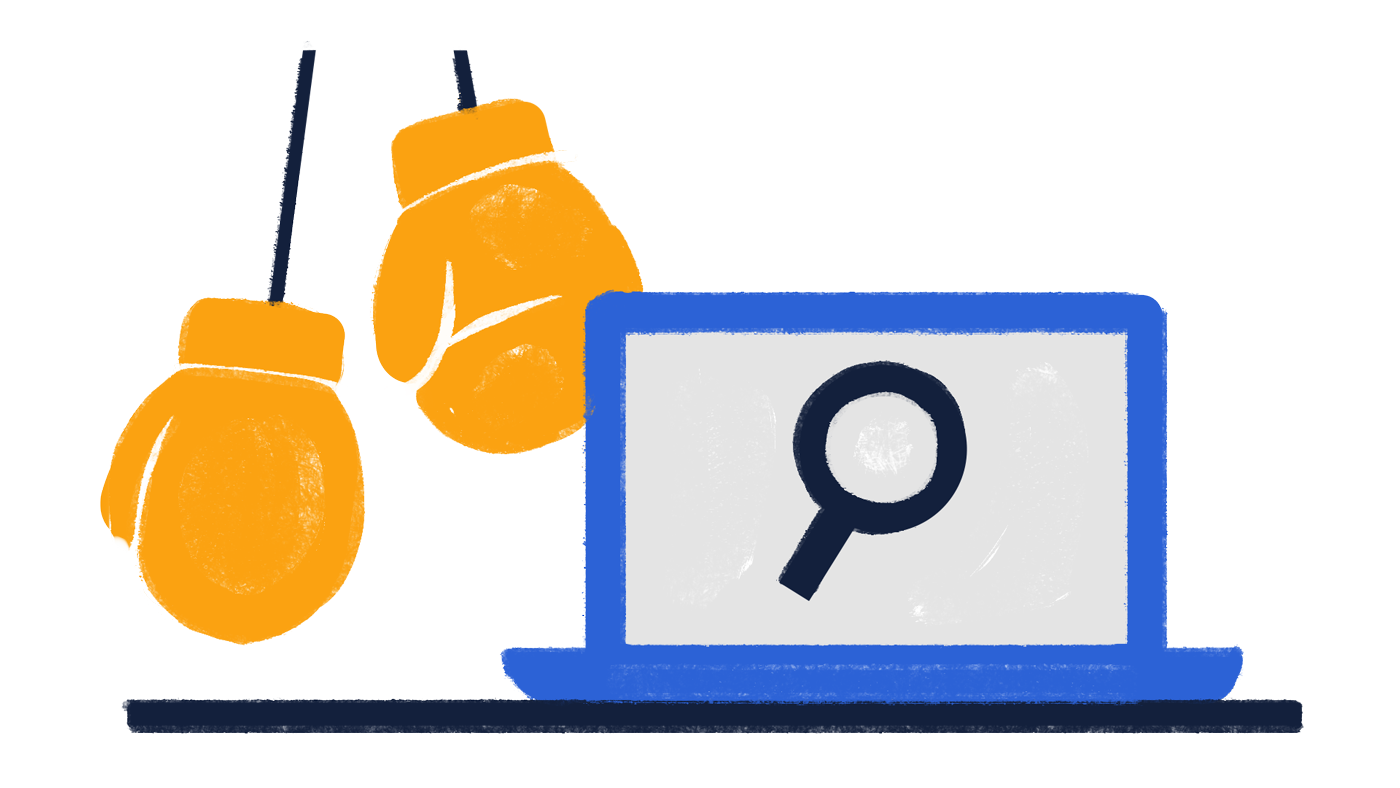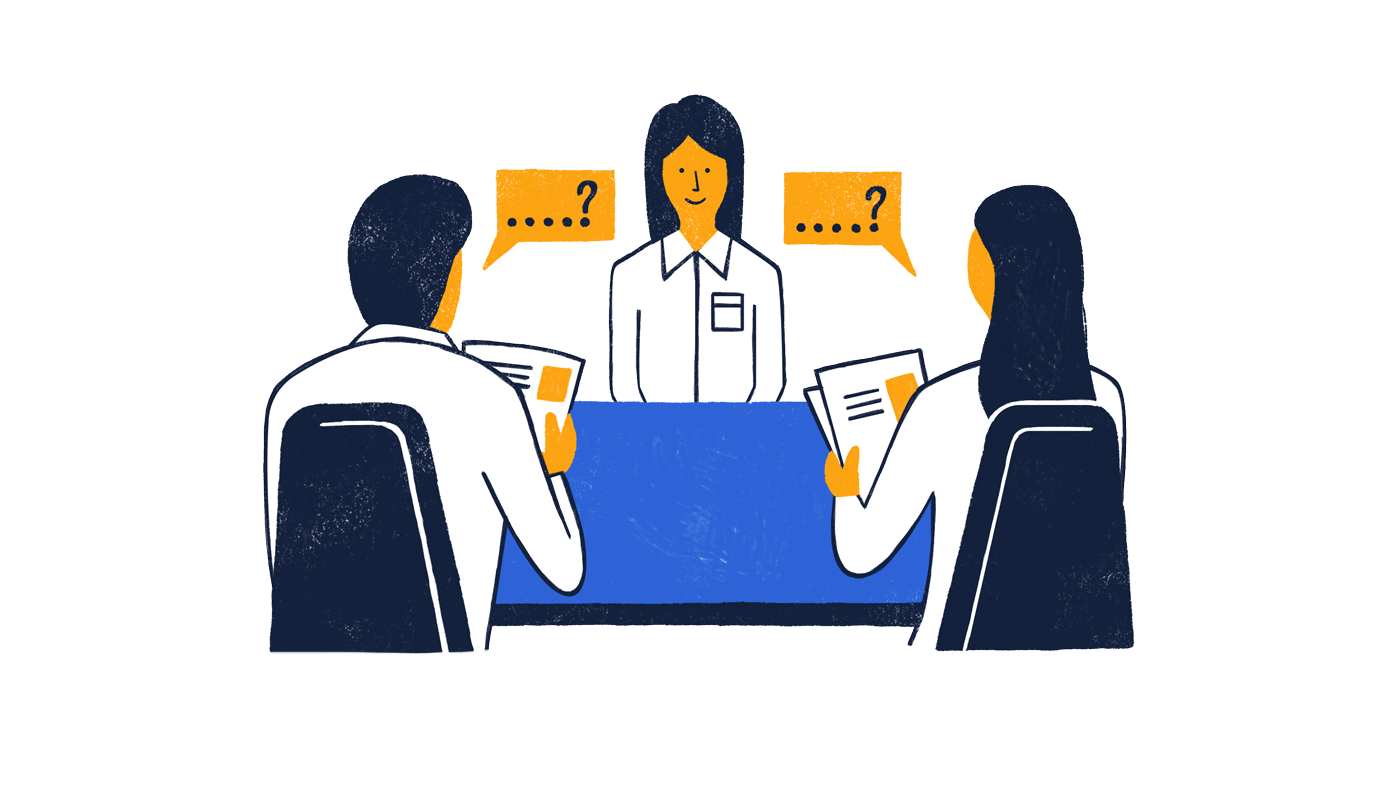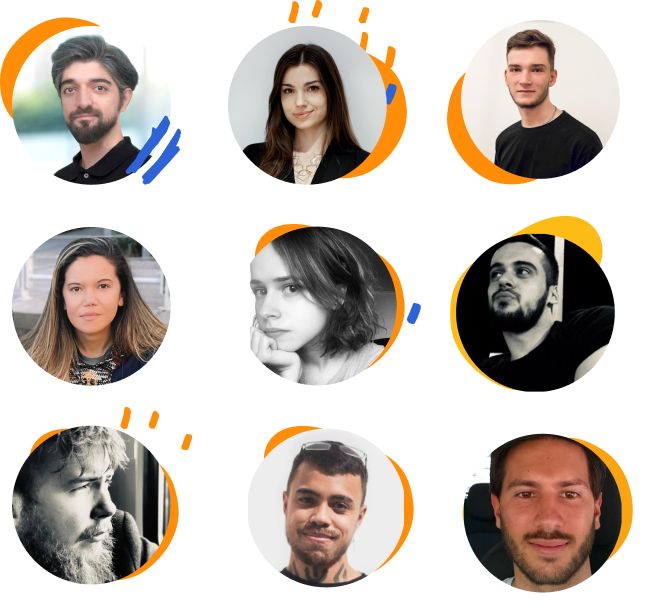Hiring a designer: Red Flags
🚩 Giving an estimate without fully understanding the scope
So you’ve found a seemingly good candidate. You’re ready to get started as soon as possible. However, before you do, you need to have an idea of how much things are going to cost.
Any designer knows that this isn’t an easy question to answer. In order to do that, you need a clear image of what’s been done and what needs to be done. On top of that, design is an iterative process.
There’s no way to tell in advance how many iterations this or that project is going to require.
If a candidate gives you a time/budget estimate without diving deep into your business and product needs, beware. What you’re getting into is likely a designer who designs just for the sake of it. That’s a recipe for mediocrity, that you will eventually have to redo.
🚩 Being a jack of all trades
Sometimes, it is very tempting to look for a designer who can do it all: research, stunning UI, motion design, video editing, you name it. True, you may stumble upon a professional who is genuinely skilled in all of these things.
However, more often than not, the breadth of skills are balanced by the lack of expertise in either of them.
Conversely, you should be wary of candidates who claim to be an expert in all subfields within design. Again, for a specific task, specialists are more likely to do a great job than a generalist.
Lastly, we would add that a good solution for a project that requires a variety of skills is agencies. Most design companies have a wide range or design talent that’s capable of multiple skills.
🚩 Skipping discovery phase
If a designer you’ve hired starts producing UI immediately, beware. Design for the sake of design is a horrible idea. Design, just like marketing, sales, product management, and other fields is there to serve the business.
How can you produce user interface elements without understanding the larger picture and business goals? You can’t.
🚩 Starting from scratch
Every once in a while your product needs a makeover. There’s nothing negative about it. Facebook, for instance, has had more redesigns since its launch than we care to count.
However, you don’t always need to start from scratch. Quite to the contrary, more often than not, gradual changes are more productive.
As such, few honest designers will insist upon scrapping everything you’ve designed without a close and thorough observation. There aren’t many products designed so badly that there isn’t anything worth saving.
